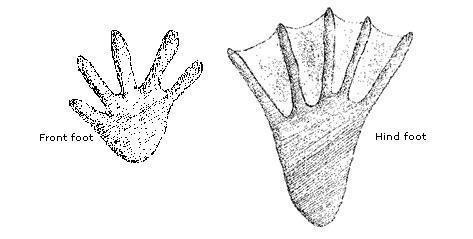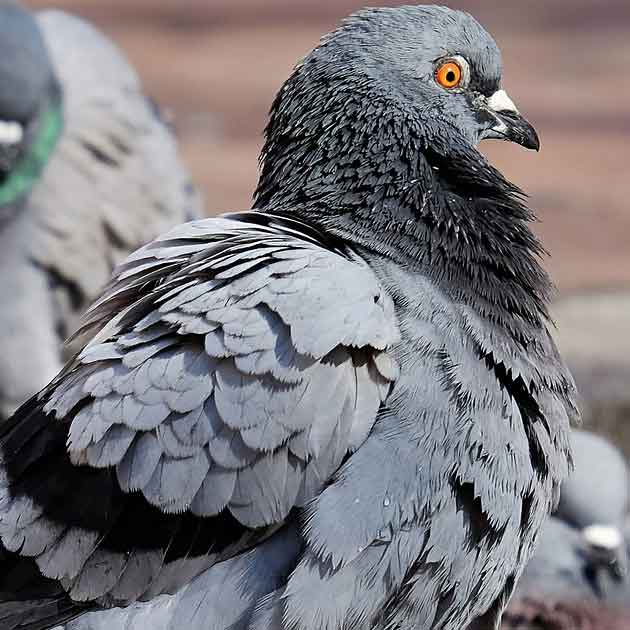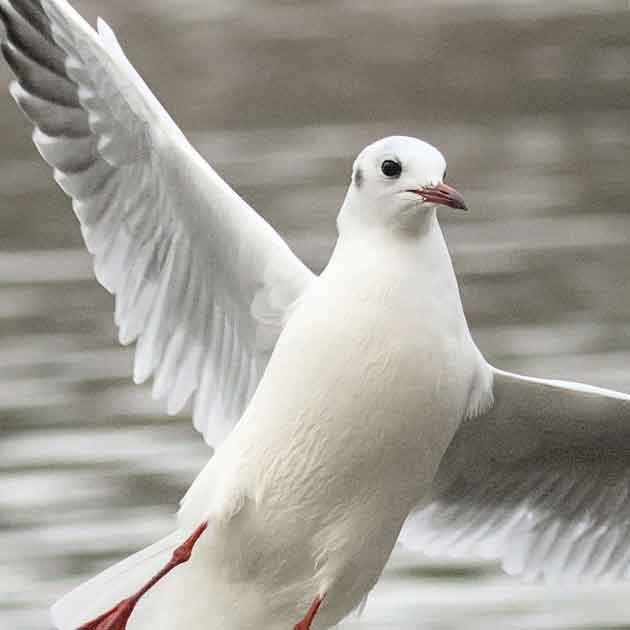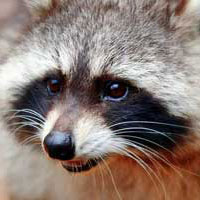
By damming streams, beavers often raise the water level to surround their lodge with a protective moat, and create the deep water needed for winter food storage in northern climes. A beaver colony can consist of six or more, including parents, yearlings and kits, yet they peacefully coexist in a lodge with underwater access to the iced-up pond for four months or more in the North.
Beaver Identification
The beaver is usually short and squat, with are large rump. Each foot has five toes that are webbed and aid in swimming. The second toe on each hind foot has an extra claw to help the beaver groom. The beaver has small, short ears that seem to hear the trickling of water for miles. The most prominent feature has to be the long flat tail. While beavers themselves may not always be easily spotted, toppled trees are an obvious sign of beaver activity. A groove is gnawed all the way around the trunk in an hourglass shape. The downed trees are stripped of bark. Trees of a diameter approaching three feet can be felled by beavers.
Beaver Control
Preventative measures include Exclusion*and dam removal. Control methods include Live Trapping*, Licensed Trapping*, Physical Capture*, Shooting*, Relocation*, and Destruction of the animal.
*For adetailed definition of each control method please see Animal Wildlife Control Services & Solutions »
Please note that, in contrast to almost all other Ontario animal control operations, as a licensed furbearer trapping company we are able to employ all of these control methods INCLUDING relocation or permanent removal of captured beavers.
Beaver Damage
Beeavers cause damage by flooding cultivated land, hay fields, pasture land, industrial property, roadways and often detour or restrict water flow in streamways. Damage in urban areas can be severe where beavers girdle or cut down valuable ornamental trees and shrubs or undermine yards, walks and roadways with their burrowing.
Beaver Breeding
Mating season runs from January to March in cold regions; late November to December in milder climates. Gestation lasts about three months and females have one litter averaging 4 kits per year, usually between April and June. The young normally stay with their parents for two years, and yearlings act as babysitters for the new litter.















